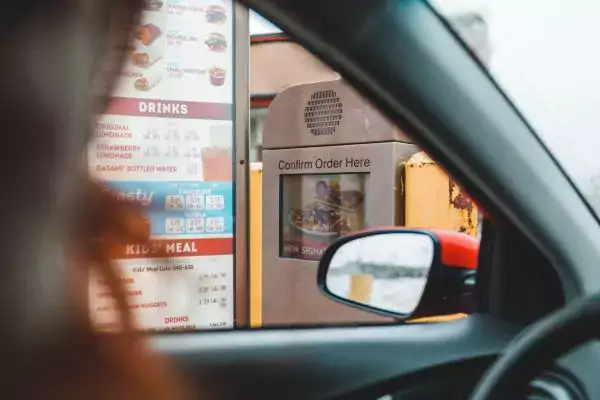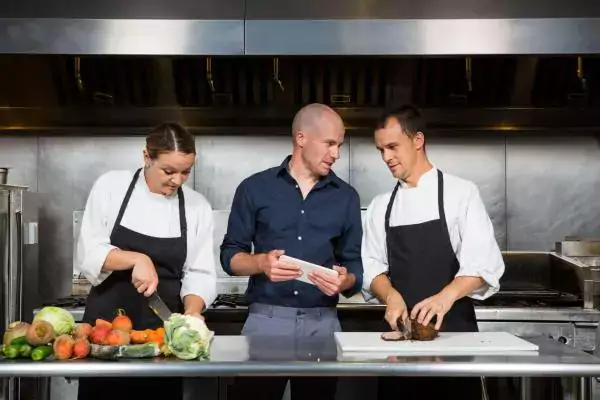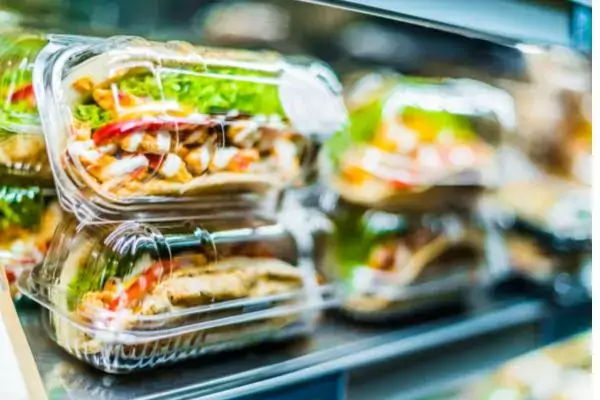Frozen yogurt is no longer a niche trend. The smaller players have died out, and the larger chains survive. Perhaps it’s survival of the fittest, but I have a different theory.
Frozen yogurt is the hipster of foodservice and become mainstream – just like hipsters.
Think about it. There doesn’t seem to be as many actual hipsters these days. The movement was absorbed by the larger surrounding culture. While you might not want to admit it, hipsters are the reason you bought those thick-framed glasses and why more of your friends have beards. You can also trace the non-GMOs and organic food movement back to hipsters, as well as the craft beer movement.
Similarly, frozen yogurt essentially went “mainstream,” which resulted in smaller “fad” stores dying out, and a few larger chains surviving. Market researcher IBISWorld estimates that the top four players account for an estimated 45.7 percent of market share. The frozen yogurt market has not reached saturation yet, but it’s projected to get there by 2019.
If You Want to Play in the Big Leagues, Operate Like Them
The fact remains that smaller players are forced to scale their business in order to survive. Key to scaling any foodservice business is ensuring brand consistency across the franchise. Consistency is achieved through regular store audits.
here are a few important areas to consider:
Quality and Quantity
Don’t be that place. You know the one. It gets the Yelp review (this is a real one) about “dirty, gross contaminated containers for dry goods” or “barely any fresh chilled toppings.” The yogurt consistency varies from “firm, frozen, creamy to drippy, liquid, grainy.” You could serve a pint of fro-you left in a college dorm freezer for that kind of experience.
3 Spoons of Success
- Be consistent in cleanliness. This includes making sure your employees wash their hands and wear gloves when handling/refilling some of dry toppings.
- Stock enough inventory and communicate with your vendors.
- Take photos of problems in the store, from broken topping dispensers to drippy product. A visual aide describing the problem could lead to a faster solution.
Precision of Measurement
While it’s not brain surgery, measuring accurately is a bigger problem than you might think. Most shops use the self-serve model with toppings. If the customer puts too many or too little toppings on their fro-yo, that’s on them. The problems arise at the register, however. The standard is to measure the weight of the yogurt and toppings while subtracting the weight of the cup.
A study by the North Carolina Department of Agriculture and Consumer Services found that 75 of about 100 yogurt shops were not using their scales properly. Point-of-sale training needs to be priority No. 1 for new employees. Customers will likely not ask for a detailed explanation of how the scale works, so this is really the responsibility of the operator. You don’t want to get a reputation for bilking customers.
The Takeaway
As IBISWorld points out, health concerns and consumption patterns will continue to drive frozen yogurt industry growth over the next five years. It’s a $2 billion dollar industry. You can get a scoop if you get a handle on your operations.
Subscribe to our blog
You are now subscribed!


